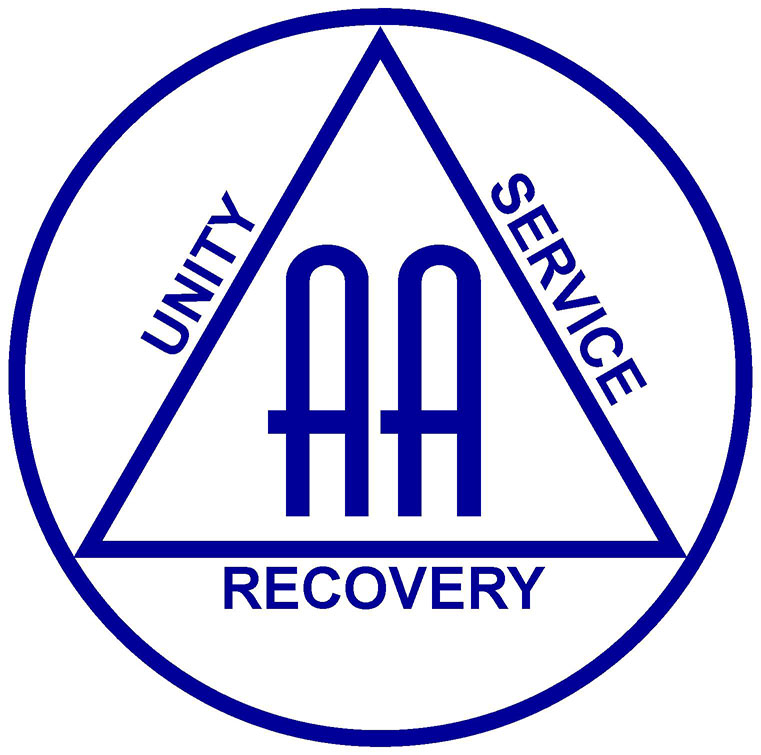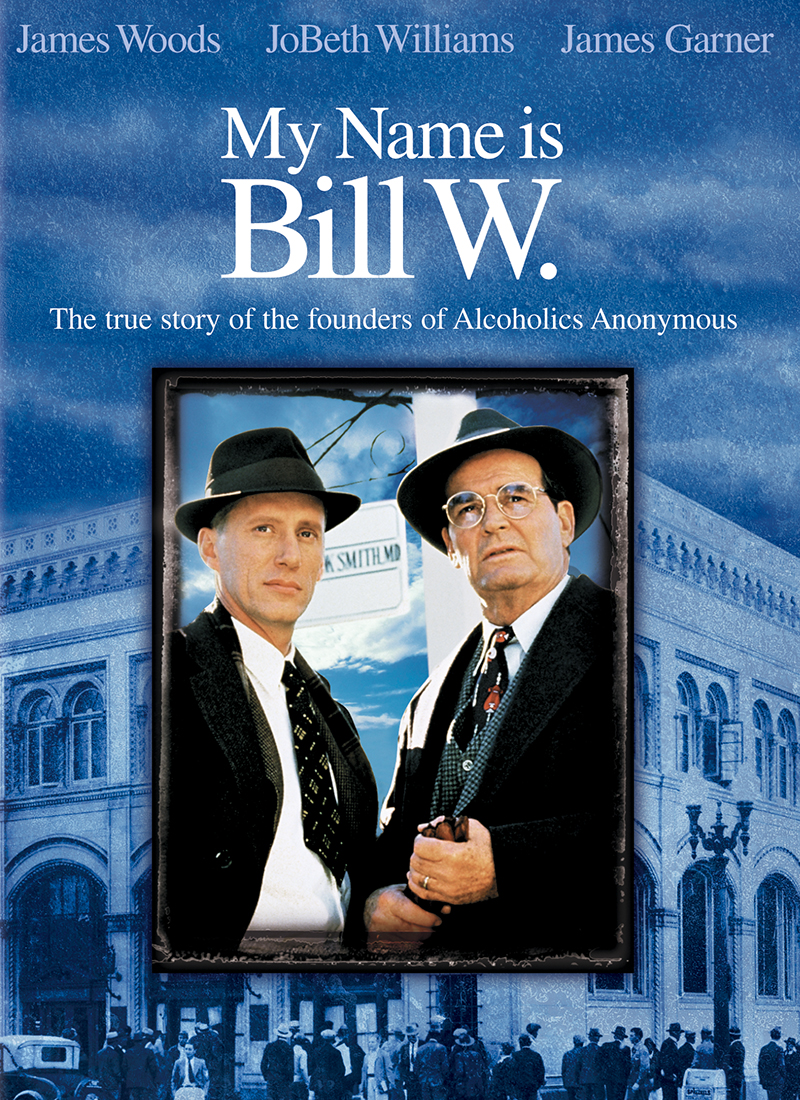
5 years ago · Leah Fogt · 0 comments
Film Review: My Name is Bill W.

Image Credit: Warner Brothers, 1989
Many individuals I work with or have worked with in the past have been involved in Alcoholics Anonymous, also known as AA. During a recent session, one of my clients asked if I had ever seen the film, “My Name is Bill W.”, which I hadn’t. This client went on to tell about the 1989 Warner Brothers film and lent me his copy of the DVD at his next session. I’m so glad he did!
“My Name is Bill W.” tells the story of Bill Wilson (played by James Woods), a WWI veteran who became one of the founders of Alcoholics Anonymous, along with physician Bob Smith (played by James Garner). JoBeth Williams plays Lois “Lo” Wilson, Bill’s wife, who struggles with heartbreak, loss, and codependency. The movie tells the story of Bill’s struggles with alcoholism, compounded by the trauma of having served in a bloody war and later working the fast-paced and competitive business world as a civilian. Through the story we watch the effects of alcoholism play out in Bill’s marriage, professional life, friendships, and finances. We see his struggles with legal problems, physical injury, and withdrawal.
Eventually Bill comes to acknowledge the problem and begins to make changes. Through a friendship with Bob and another friend, Ebby (played by Gary Sinise), Bill begins to discover what sobriety can be like. Ultimately he becomes involved with “The Oxford Group” (through his friend Ebby), which emphasize sobriety through a spiritual program of action. From that experience Bill and Bob founded Alcoholics Anonymous in Akron, Ohio in 1935, and the “Big Book” was first published in 1939.
There are several very poignant and powerful moments in the movie that really caught my attention. One was a scene where Lois has come to recognize the patterns of codependency that are making her life unmanageable as her husband continues to abuse alcohol. She confronts him:
“Who am I? I am your nurse, your caretaker, your cleaning lady, when all I really wanted to be is your wife. I let you drag me down with you, deprive me of love, warmth, friendship, even common decency! But I won’t go on with it anymore. I can’t! No more! If you want to die, die! But I’m not gonna let you take me down with you. I want to live. I’m going to live!”
This scene marks a turning point in the Wilson’s marriage and, while dramatic and intensely emotional, begins to stimulate healthy change.
Another scene that really hit home with me is a scene in the hospital, where Lois is talking with Bill’s doctor, Dr. Silkworth (played by Ray Reinhardt). Dr. Silkworth, who later wrote the preface to the Big Book, “A Doctor’s Opinion”, presented what was a novel view of alcoholism at that time:
“I’ve seen a lot of men like Bill. I’ve got a theory, not too popular with my fellow doctors. Excessive drinking is a disease, an allergic addiction. It’s got nothing to do with lack of will power or moral fiber. Some people can’t be temperate drinkers.”
Indeed alcoholism is a disease and not a reflection of an individual’s true character. There are people who can drink responsibly and in healthy moderation, and there are those who cannot and become dependent. We can take Dr. Silkworth’s message even further, knowing all that we know about dependency on other substances. A substance use disorder of any kind (regardless of the drug of choice) is a disease. Bill acknowledges his powerlessness over alcohol, the grip the disease has on him in this passionate monologue:
“It’s not you. It’s me… I look out the window, and I watch all the normal people walking by. It’s funny. I don’t think I’ve ever felt really normal in all my life. I mean, like other people. I feel differently somehow. Like I don’t quite measure up. Ever since I can remember I’ve had this feeling deep down in my gut. Scared. I see people laughing, at ease with each other. I’m on the outside looking in, afraid may that I won’t be accepted. And then overseas I found that a drink, a few drinks makes me feel comfortable, like I always want to feel. It gives me courage to be with people, do things. To dream. The money, the success, it was all good for a while, but it never seems enough. I always want doubles of everything to make me feel alive, worthwhile inside. But then, that all began to slip away. I feel cheated. Angry. Always so full of fear. So I drink…more…and it makes it okay for a while. I convince myself that this will turn around, tomorrow, soon. That I’ll make it all up for you. But it only gets worse. I keep promising you, others, myself, ‘That’s it, no more, going on the wagon. That’s it!’ And I think I mean it, but the guilt and the depression. I can’t look in the mirror ore at you, especially you, especially at you. I’ve stopped believing in everything: people, God, myself. I know it sounds insane, Lois, but in spite of all this, what I want right now more than anything else is another drink.”
Many people with substance use disorders are able to achieve recovery. As many do, Bill eventually comes to a crossroads, and he commits to sober living. While in treatment, he shares with Dr. Silkworth of a deeply spiritual experience, one which he struggled to understand logically, but that marked a turning point in his recovery. At this point, it appears Bill begins to fully acknowledge (step 2) and surrender to (step 3) a Higher Power.
Bill: “All I remember is I was asleep and yet I wasn’t. I had this terrible fear – sense of dread- that I was going out of my mind, dying. And yet I wouldn’t let go. Couldn’t. And then…how do I explain this? The room was filled with light from out there. And I was at peace. A kind of comfort I have never known before. And the the light was gone but the peace still remained. Dr. Silkworth, tell me this is not another hallucination, the condition of a damaged brain.”
Dr. S: “From the look of you, Bill, right now, I’d say no. But, well, I’m a man of Science. I don’t pretend to understand something like this. Whatever happened, hang on to it. It’s so much better than what you had yesterday.”
As Bill begins to experience healing and sober living, like many in recovery, he is able to experience life on a deeper and more meaningful level. Sober living brings him relief and vitality. Many individuals who achieve longterm sobriety report fuller lives and healthier relationships. Bill tries to put this experience into words:
“I can’t tell you how different I feel. I can taste again and feel and smell. I’m alive. I’m really alive. I haven’t felt this way in years.”
 What I love about this film is the honest depiction of addiction and recovery, as well as the expression of hope. Healing, whole hearted living, and sobriety are available, and the AA approach offers a structured spiritual program of action to help those with substance use disorders achieve recover. I recommend this film for anyone whose life has been impacted by a substance use disorder, including those who struggle with addiction themselves, as well as family and friends. Much can be learned from Bill’s story, both in this film and in the Big Book. “My Name is Bill W.” can be an invitation to reflect, observe, and even challenge.
What I love about this film is the honest depiction of addiction and recovery, as well as the expression of hope. Healing, whole hearted living, and sobriety are available, and the AA approach offers a structured spiritual program of action to help those with substance use disorders achieve recover. I recommend this film for anyone whose life has been impacted by a substance use disorder, including those who struggle with addiction themselves, as well as family and friends. Much can be learned from Bill’s story, both in this film and in the Big Book. “My Name is Bill W.” can be an invitation to reflect, observe, and even challenge.
I give this film an A-.
In general, this film is well done. It is well written, and the actors portray many realities about alcoholism and recovery. My primary complaint about this film however, is that I would have liked to have seen and learned more about the evolution of AA. Bill’s story is definitely a powerful, however common story of addiction and recovery. What makes his story extraordinary in my eyes is the creation of Alcoholics Anonymous. I would have liked to have learned more about the establishment of the fellowship, as well as the writing and publishing of the book.
Duchow, P. (Producer), Garner, J. (Producer), & Petrie, D. (Director). (1989). My name is Bill W [Motion Picture]. United States: Warner Brothers.
For more information on AA, consider visiting the www.aa.org or reading my earlier post, “AA 101.”

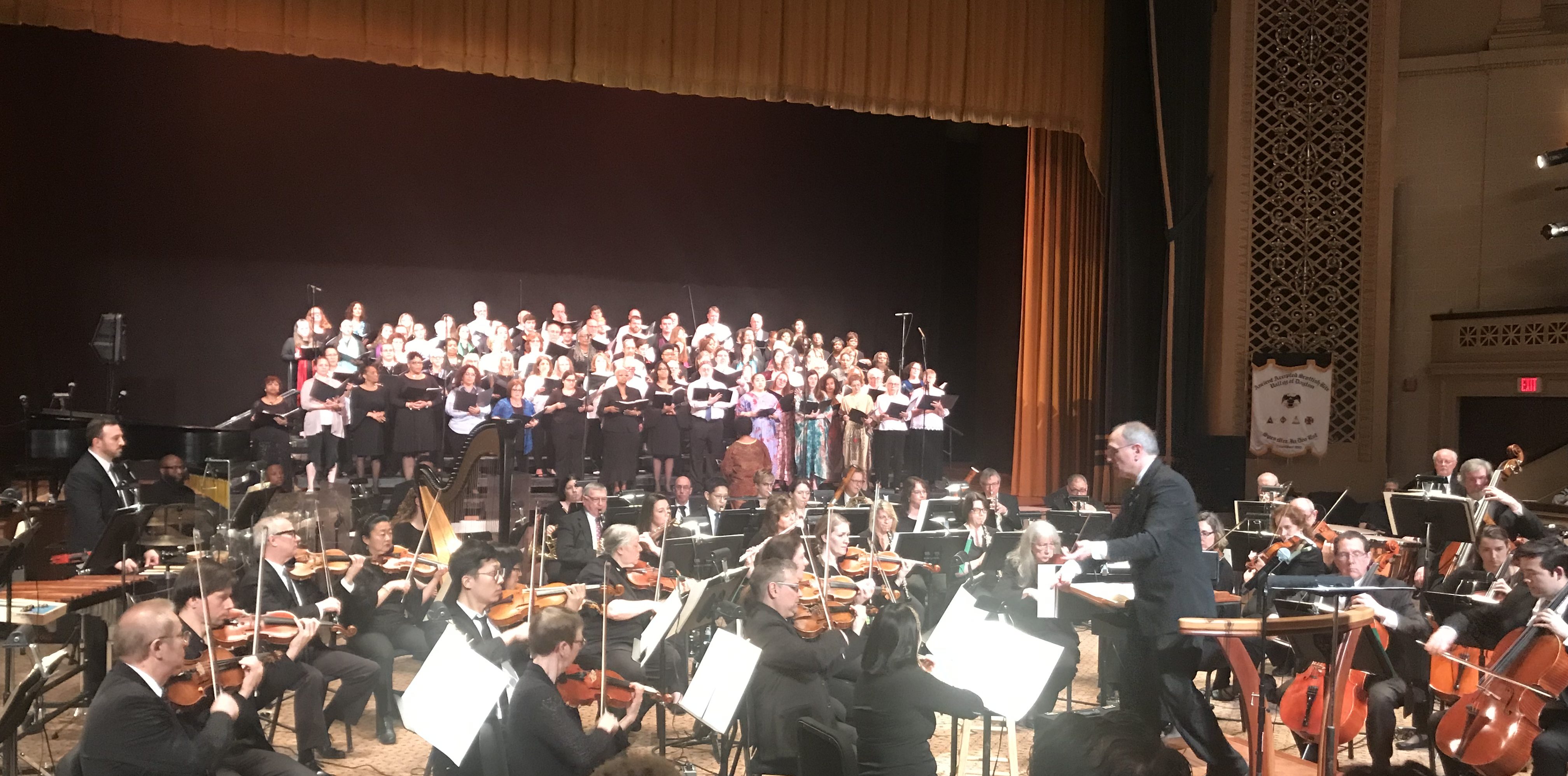



 I can attest to the many benefits of group singing from both my personal experiences and those shared with me by friends, family, and clients. Even for those who claim they are “not musically inclined” group singing can bring such joy and togetherness.
I can attest to the many benefits of group singing from both my personal experiences and those shared with me by friends, family, and clients. Even for those who claim they are “not musically inclined” group singing can bring such joy and togetherness.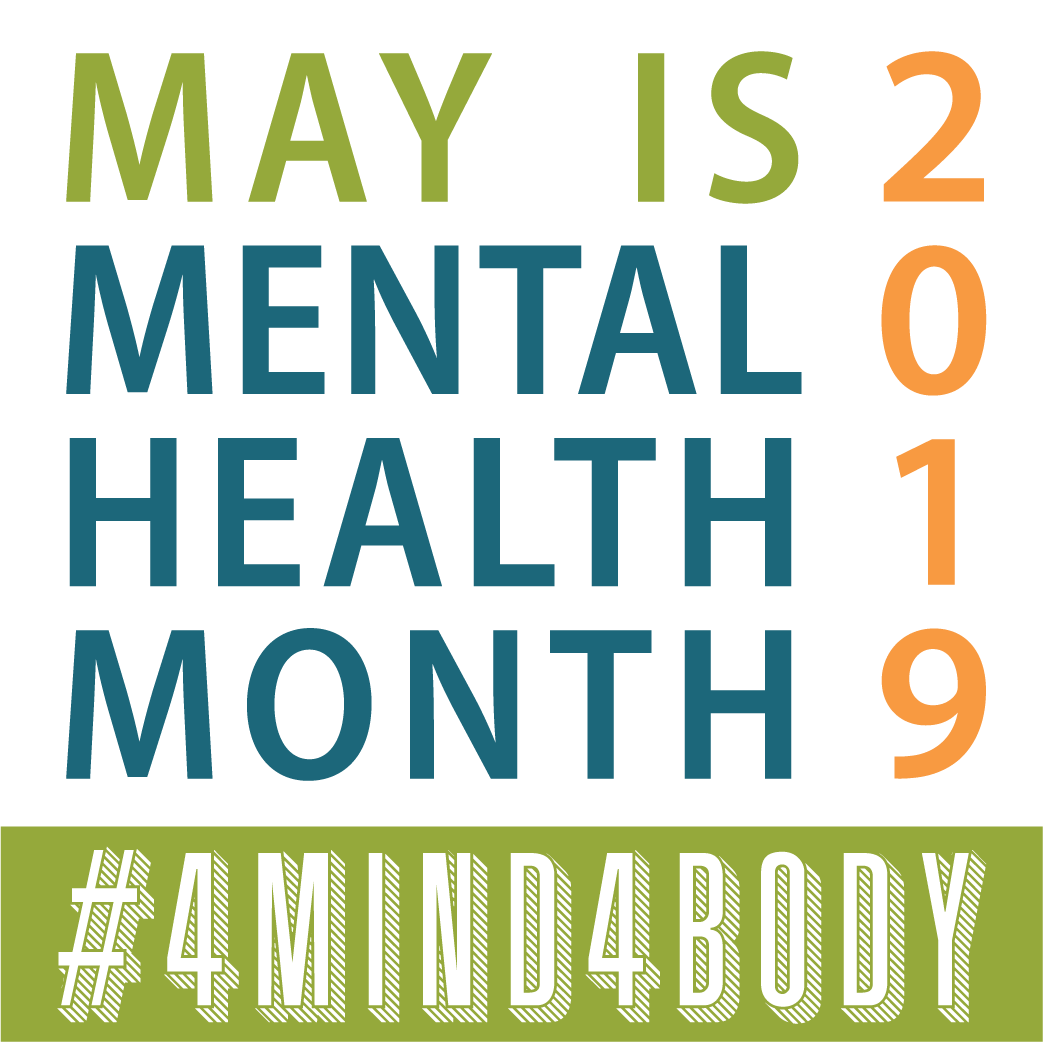
 Mental health is essential to everyone’s overall health and well-being, and mental illnesses are common and treatable. So much of what we do physically impacts us mentally – it’s important to pay attention to both your physical health and your mental health, which can help you achieve overall wellness and set you on a path to recovery.
Mental health is essential to everyone’s overall health and well-being, and mental illnesses are common and treatable. So much of what we do physically impacts us mentally – it’s important to pay attention to both your physical health and your mental health, which can help you achieve overall wellness and set you on a path to recovery.

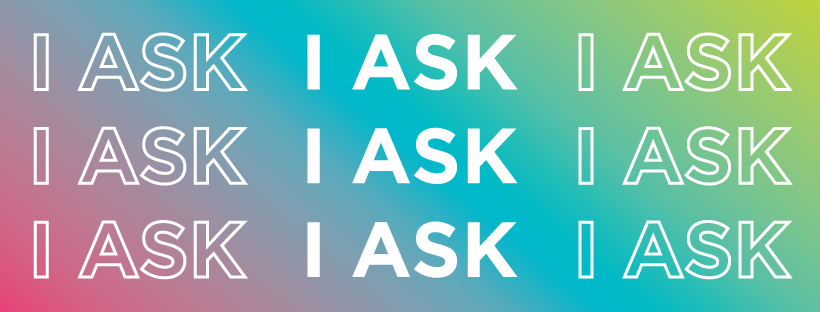
 The April marks the 18th annual Sexual Assault Awareness Month (SAAM) campaign. This year’s theme, “I Ask” builds on the idea that consent is a healthy, normal, and necessary part of everyday interactions. “I Ask” champions the power of asking — whether it be asking to hold someone’s hand, for permission to share personal information with others, or if a partner is interested in sex. It also highlights the importance of listening to and accepting the answer without pressuring someone to change their mind.
The April marks the 18th annual Sexual Assault Awareness Month (SAAM) campaign. This year’s theme, “I Ask” builds on the idea that consent is a healthy, normal, and necessary part of everyday interactions. “I Ask” champions the power of asking — whether it be asking to hold someone’s hand, for permission to share personal information with others, or if a partner is interested in sex. It also highlights the importance of listening to and accepting the answer without pressuring someone to change their mind.
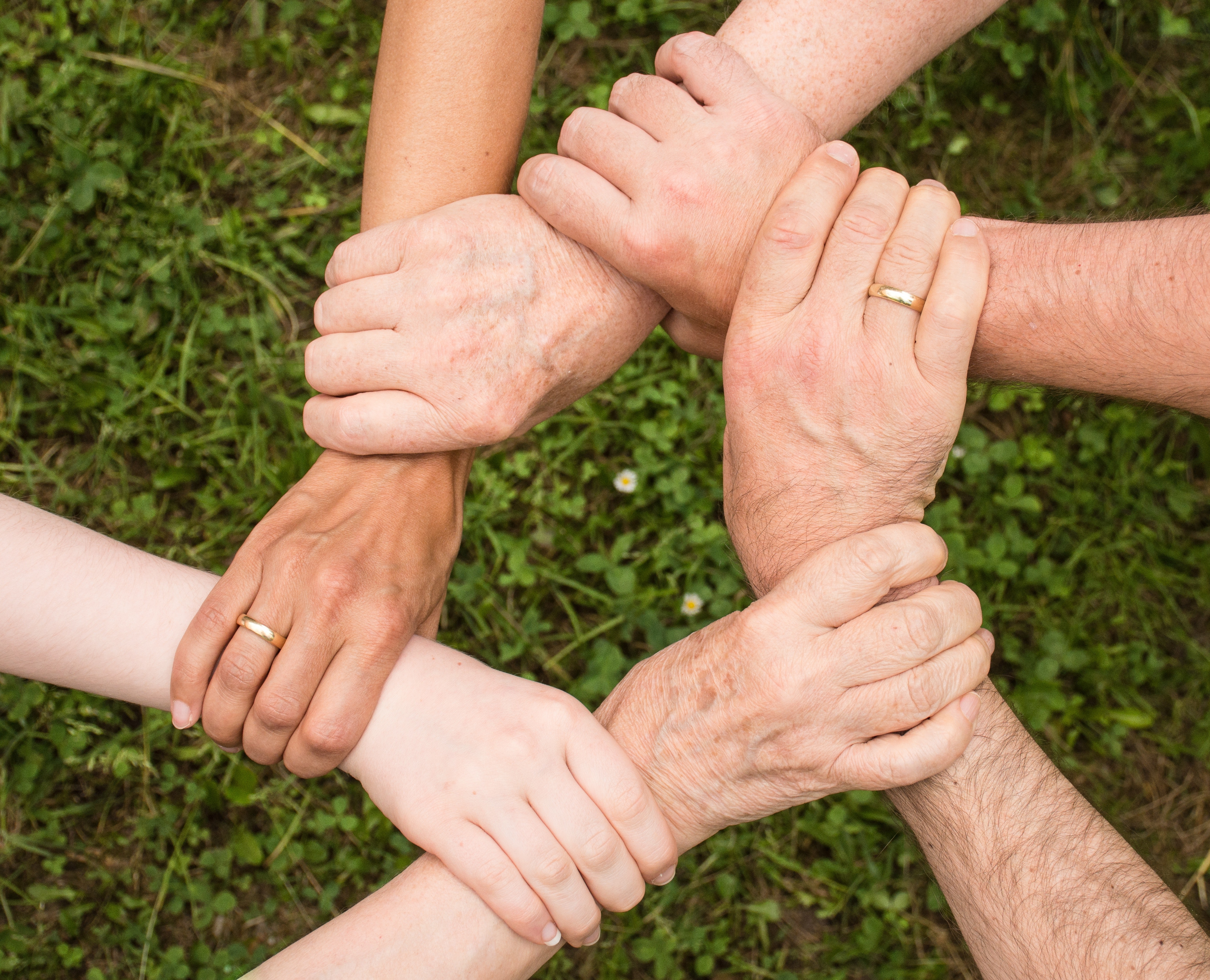
 April is National Child Abuse Prevention Month. The theme this year is “Strong and Thriving Families.” This month and throughout the year, we have the opportunity as individuals and organizations to play a role in making our community a better place for children and families. By ensuring that parents have the knowledge, skills, and resources they need to care for their children, we can help prevent child abuse and neglect by creating strong and thriving children, youth, and families in our communities.
April is National Child Abuse Prevention Month. The theme this year is “Strong and Thriving Families.” This month and throughout the year, we have the opportunity as individuals and organizations to play a role in making our community a better place for children and families. By ensuring that parents have the knowledge, skills, and resources they need to care for their children, we can help prevent child abuse and neglect by creating strong and thriving children, youth, and families in our communities. In support of these efforts, the U.S. Department of Health and Human Services’ Children’s Bureau, Office on Child Abuse and Neglect, its Child Welfare Information Gateway, the FRIENDS National Center for Community-Based Child Abuse Prevention and over 30 national prevention partners have created 2019 Prevention Resource Guide: Strong and Thriving Families. The resource guide, designed for service providers who work throughout the community to support families, is available online at
In support of these efforts, the U.S. Department of Health and Human Services’ Children’s Bureau, Office on Child Abuse and Neglect, its Child Welfare Information Gateway, the FRIENDS National Center for Community-Based Child Abuse Prevention and over 30 national prevention partners have created 2019 Prevention Resource Guide: Strong and Thriving Families. The resource guide, designed for service providers who work throughout the community to support families, is available online at 









 I was really looking forward to reading this book, as I had heard wonderful things about Rachel Hollis. I was introduced to Hollis’ work through a good friend who invited me to see the Hollis’ film, “Made for More.” I had mixed reactions to the film, but I enjoyed her energy and positive attitude. There was a lot of hype leading up to the release of this book, and I have to say, the title totally got me! I love the message it sends about allowing yourself to feel – even if it means the “ugly cry” that makes mascara run – but then washing your face (literally or metaphorically) and taking care of your business. It suggests a healthy balance of emotional authenticity and practical perseverance.
I was really looking forward to reading this book, as I had heard wonderful things about Rachel Hollis. I was introduced to Hollis’ work through a good friend who invited me to see the Hollis’ film, “Made for More.” I had mixed reactions to the film, but I enjoyed her energy and positive attitude. There was a lot of hype leading up to the release of this book, and I have to say, the title totally got me! I love the message it sends about allowing yourself to feel – even if it means the “ugly cry” that makes mascara run – but then washing your face (literally or metaphorically) and taking care of your business. It suggests a healthy balance of emotional authenticity and practical perseverance.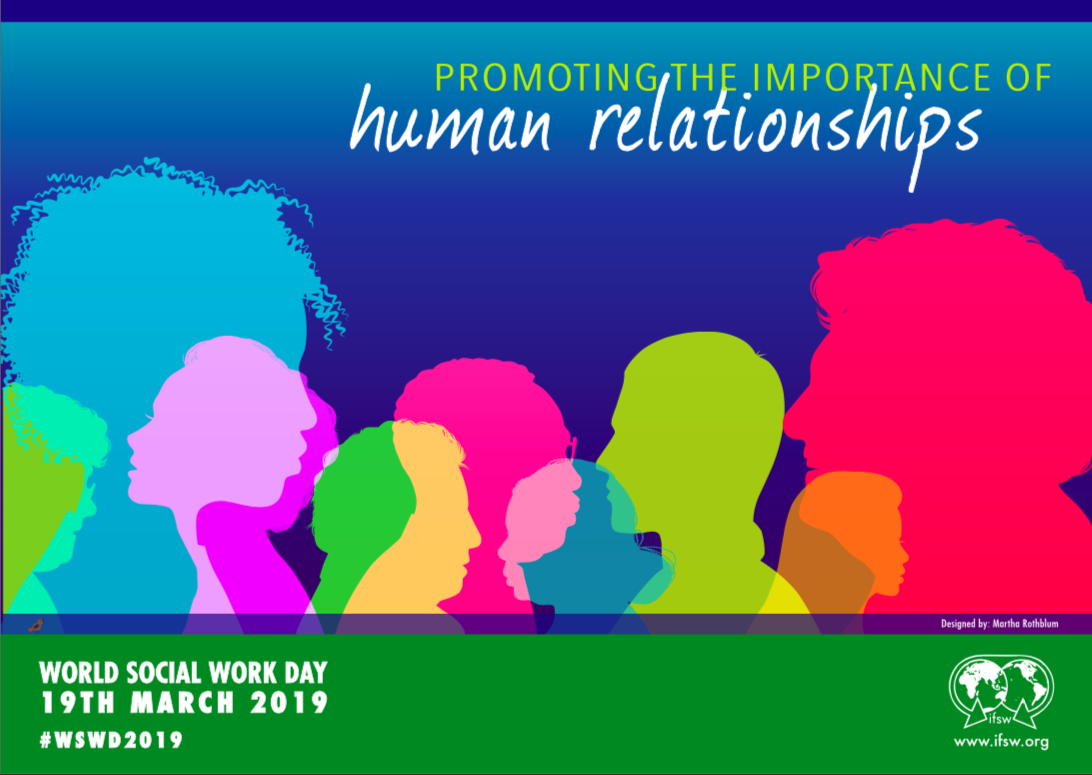

 So much of what we do in our lives cannot exist without relationship. Business, art, sports, therapy, family…virtually every human activity involves some type of relationship. We are at our best when our relationships are healthy and strong. So today I am especially grateful for the healthy relationships in my life:
So much of what we do in our lives cannot exist without relationship. Business, art, sports, therapy, family…virtually every human activity involves some type of relationship. We are at our best when our relationships are healthy and strong. So today I am especially grateful for the healthy relationships in my life:
 With the Baby Boomer generation officially entering the Senior Citizen category, many in younger generations are finding themselves navigating the murky waters of caregiving. Understanding a diagnosis and disease progress is the first step, but the very nature of Alzheimer’s and Dementia is progressive, meaning caregivers are constantly in a state of monitoring and adjusting as changes occur. “The 36 Hour Day” has been called by many “The Caregiver’s Bible” as it goes beyond understanding the disease and its progression and treatment. It explores the impact the disease has on the family unit, strategies for caregiver respite and support, making difficult decisions (e.g. when Mom or Dad should no longer be driving), treatment options, and caregiver self-care
With the Baby Boomer generation officially entering the Senior Citizen category, many in younger generations are finding themselves navigating the murky waters of caregiving. Understanding a diagnosis and disease progress is the first step, but the very nature of Alzheimer’s and Dementia is progressive, meaning caregivers are constantly in a state of monitoring and adjusting as changes occur. “The 36 Hour Day” has been called by many “The Caregiver’s Bible” as it goes beyond understanding the disease and its progression and treatment. It explores the impact the disease has on the family unit, strategies for caregiver respite and support, making difficult decisions (e.g. when Mom or Dad should no longer be driving), treatment options, and caregiver self-care
